Curiosità sull'olfatto dei cani
Il naso del tuo animale domestico è lo strumento più potente per comprendere il mondo

ALLA SCOPERTA DELL'OLFATTO DEL TUO CANE
Tempo di lettura approssimativa : 15 minuti
Ti è mai capitato di disperarti mentre passeggiavi con il tuo cane e lui non riusciva a smettere di annusare qualsiasi cosa? Per un cane, il suo naso è un laboratorio, un computer e un centro operativo, tutto allo stesso tempo. Attraverso il naso, il tuo animale ottiene informazioni, conosce l'ambiente circostante e interagisce con il mondo. Quindi la prossima volta che sei tentato di tirare il guinzaglio per dire al tuo cane di smettere di annusare qualunque cosa sia, pensaci due volte. Per il tuo cane annusare non è un capriccio o un'abitudine, è un bisogno vitale. Lasciagli esplorare il mondo con il suo muso e lo renderai un cane felice e sano.
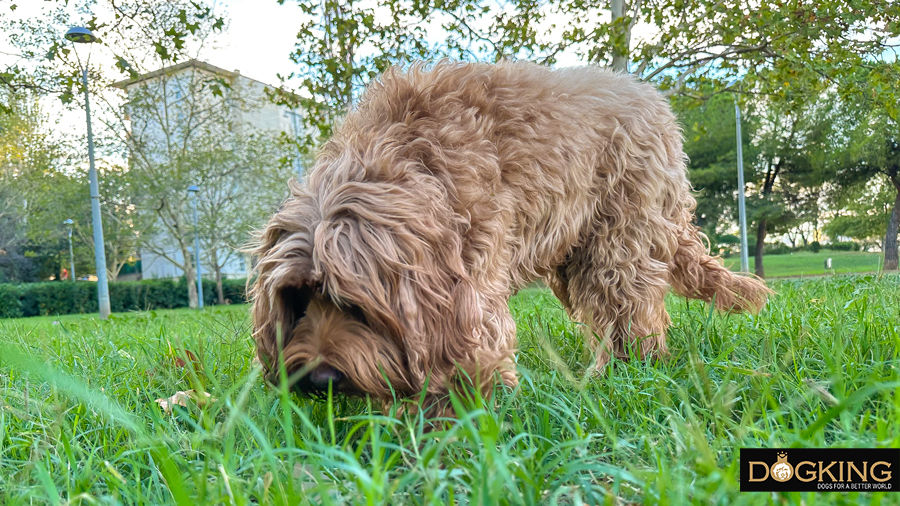
Indice dei contenuti
1- L'importanza dell'olfatto nei cani
2- Come sviluppare e prendersi cura dell'olfatto del tuo cane
L'importanza dell'olfatto nei cani
1. Il tuo cane fa molto esercizio annusando
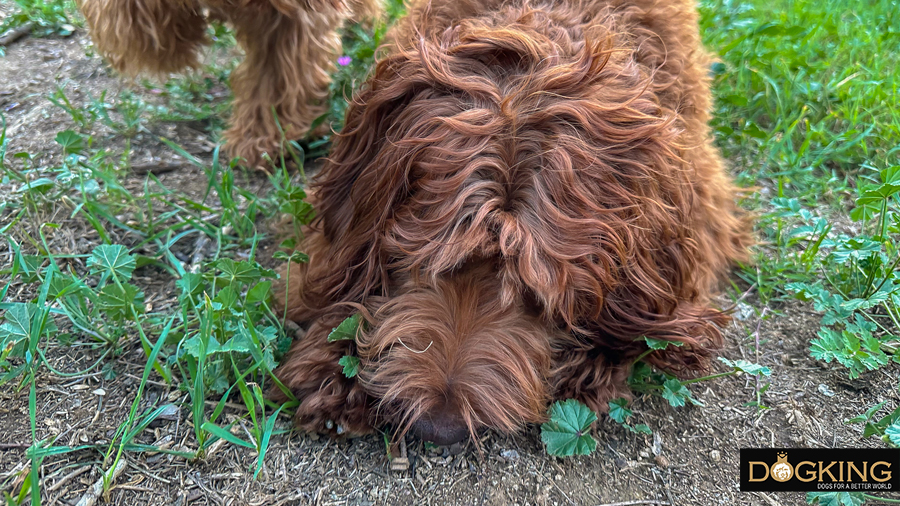
2. Il super senso dell'olfatto del tuo cane
Sapevate che i cani hanno un olfatto fino a 100.000 volte migliore di quello degli esseri umani? Questi animali hanno 200 milioni di recettori olfattivi rispetto alla media di 5 milioni che hanno le persone. Inoltre, alcune razze hanno un senso dell’olfatto migliore di altre. Il cane Bloodhound è considerato il miglior segugio del mondo, con 300 milioni di recettori.
Questa superiorità olfattiva fa sì che un cane possa accedere a odori che a noi passano completamente inosservati, il che significa che spesso non riusciamo a comprenderne il comportamento. Ciò che per noi è “invisibile” olfattivamente parlando, per lui è evidente e perfino intenso.
Inoltre, i cani possono separare alcuni odori da altri. Mentre gli esseri umani percepiscono l'odore predominante o quello risultante dalla miscela di aromi, percepiscono ciascun odore in modo indipendente. Ecco perché questi animali, opportunamente addestrati, sono fondamentali per individuare droghe o esplosivi, in caso di emergenze e catastrofi o addirittura per individuare malattie come il cancro ai polmoni attraverso il respiro della persona colpita.
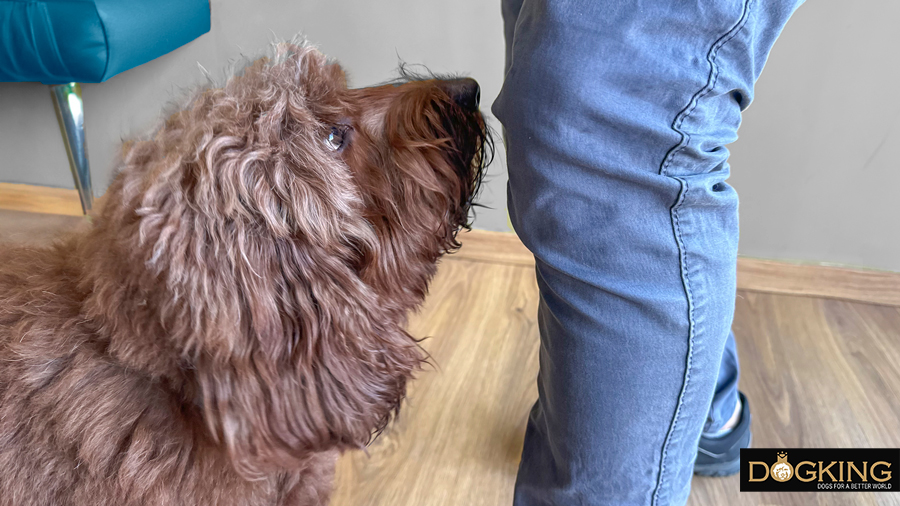
3. I due sensi dell'olfatto canino
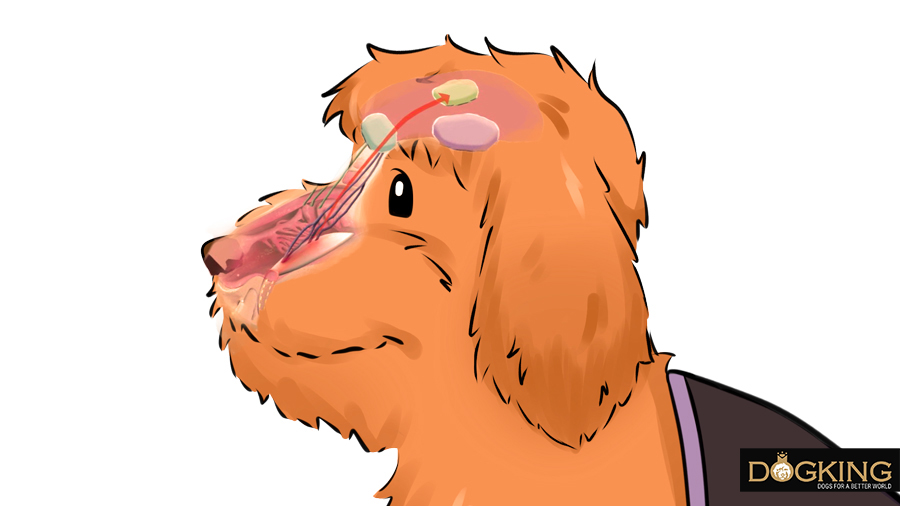
4. Olfatto prenatale dei cani
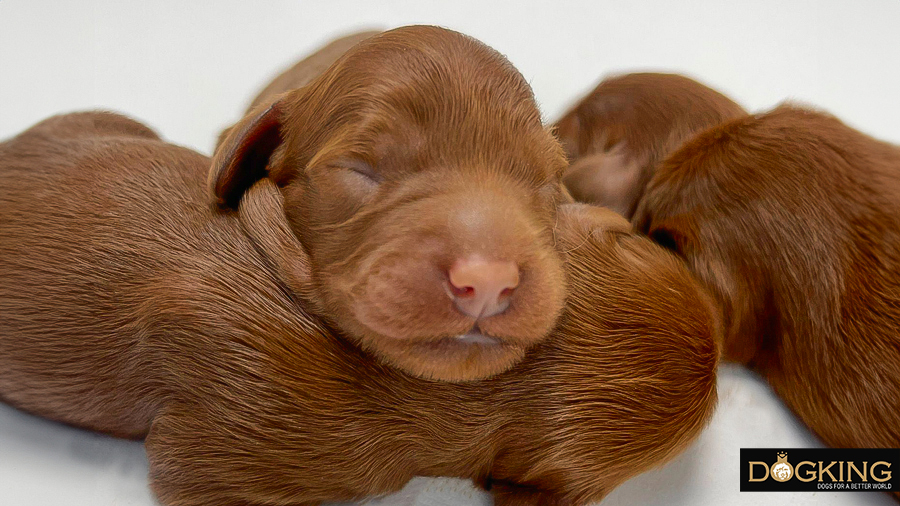
5. Possono dire che ore sono con il loro olfatto
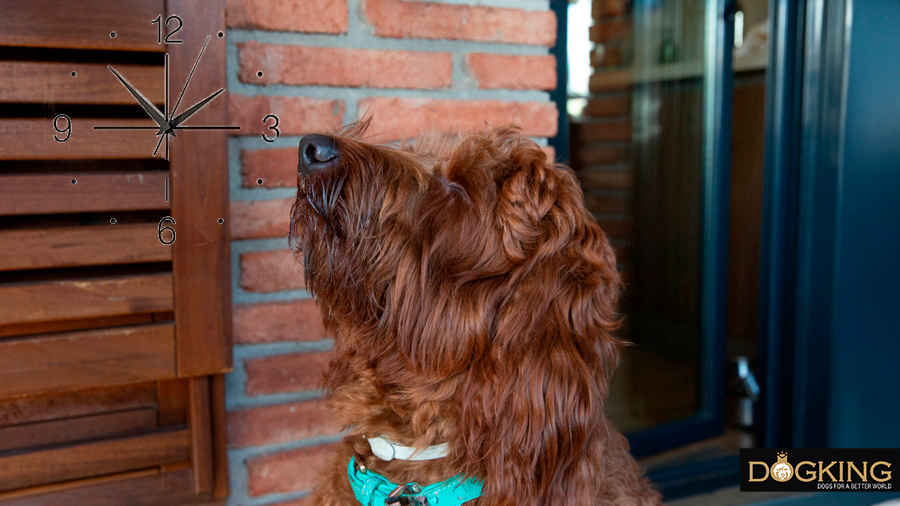
6. Usano il loro senso dell'olfatto per predire il futuro

7. Odiano gli odori sintetici
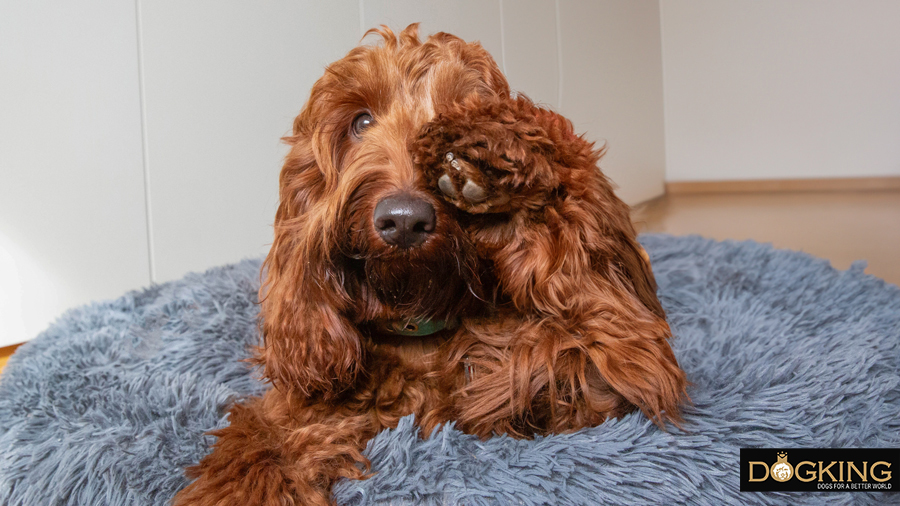
8. L'olfatto è l'ultimo senso che perdono
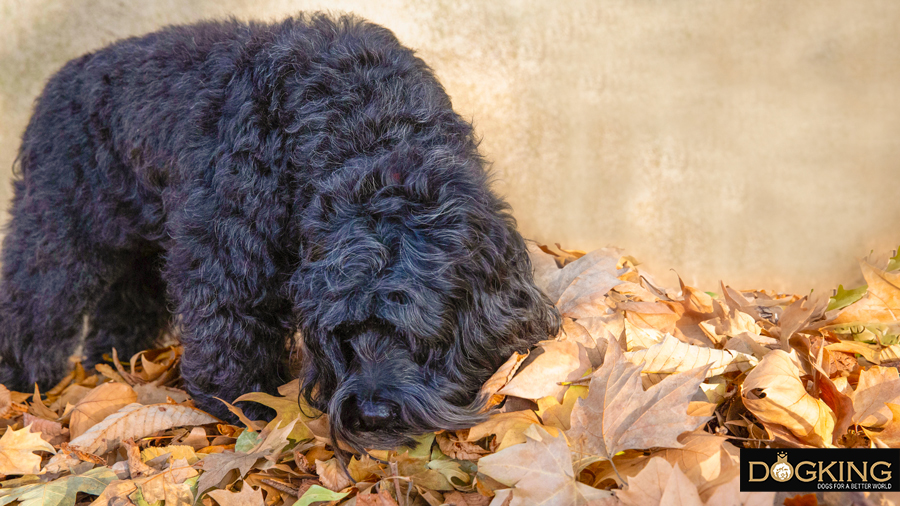
Come sviluppare e prendersi cura dell'olfatto del tuo cane
Ora che sai come funziona l'olfatto del tuo cane e quanto sia importante per il suo sviluppo e il suo apprendimento, ti invitiamo a stimolarlo e proteggerlo per garantirgli una buona qualità di vita. È fondamentale per lui poter scoprire il mondo che lo circonda attraverso l'olfatto, per questo motivo ti consigliamo di variare le aree di camminata in modo che possa accedere a nuovi odori e stimoli.
L'Australian Cobberdog, che sviluppa l'olfatto tra 0 e 3 settimane di età, è molto curioso per natura, per questo ama annusare qua e là, riconoscendo tutti gli stimoli che lo circondano e desideroso di imparare e migliorare.
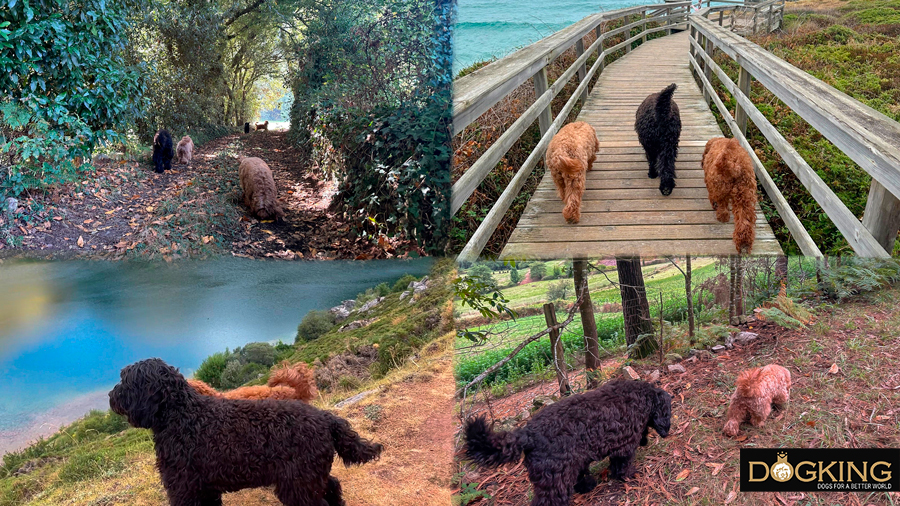
Ti consigliamo inoltre di acquistare o realizzare un tappetino olfattivo, un gioco sensoriale in cui il tuo animale dovrà trovare i premi nascosti utilizzando solo l'olfatto. Questo sistema è molto efficace nello sviluppare questo senso, oltre ad offrire numerosi benefici legati alla concentrazione, al divertimento e alla salute mentale.
Infine, non sgridare il tuo cane e non tirare il guinzaglio se impiega più tempo del necessario ad annusare qualcosa per strada. Permettetegli di soddisfare la sua curiosità e solo se ritenete che il suo comportamento sia ossessivo chiedete consiglio al veterinario. La maggior parte delle volte il tuo cane ha solo bisogno che tu gli permetta di esplorare il mondo a modo suo. Prenditi cura dell'olfatto del tuo animale domestico e sarà un animale domestico felice.